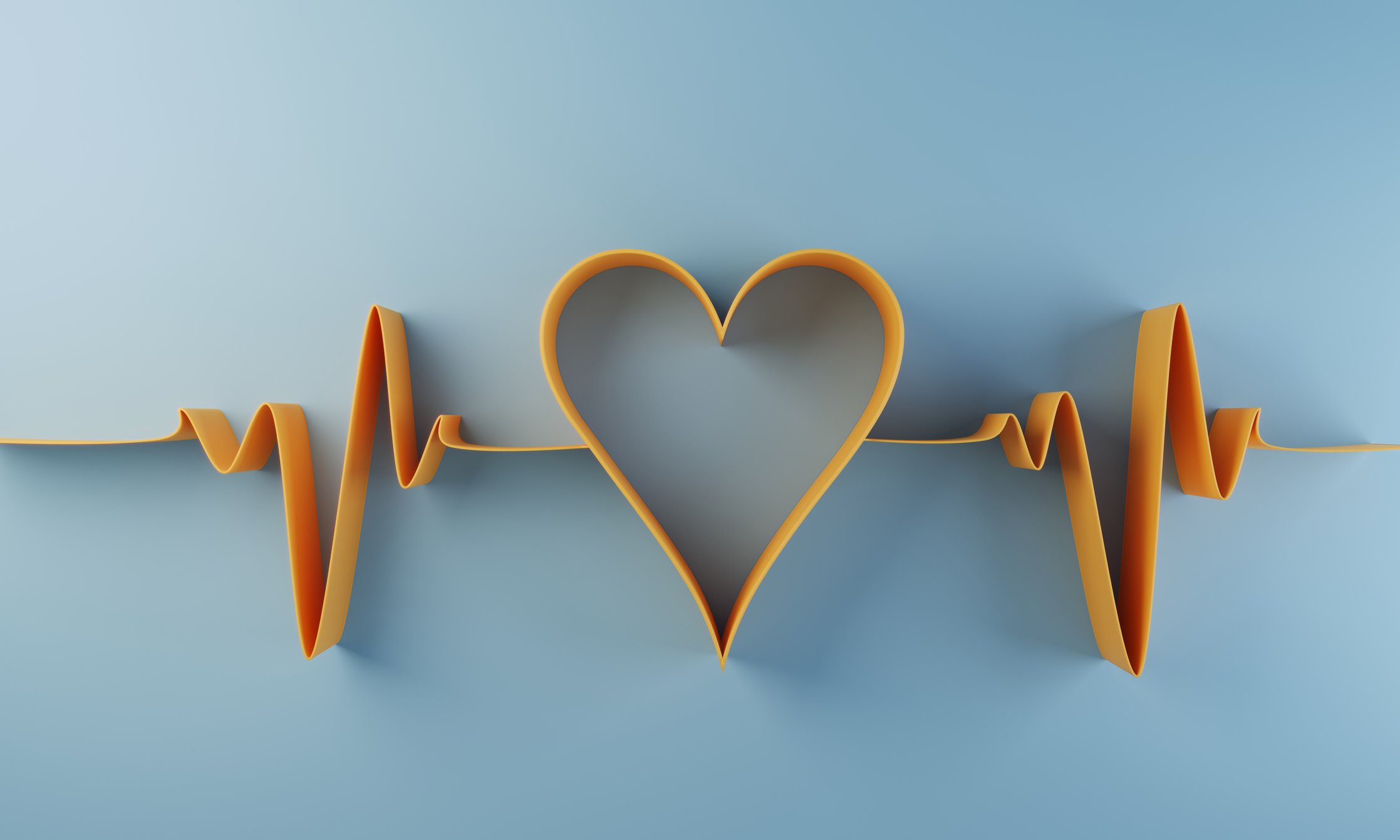
What is your heart rate telling you? Discover everything you need to know about resting heart rate, overnight heart rate, VO2 max, and more.
Even if you’re not a superstar athlete, it’s important to have a good understanding of your heart rate, not just because it’s a great way to monitor your fitness, but because it can help you to identify potential health problems as they develop. Read on to get the lowdown on the different heart rate zones.
Resting heart rate
Your resting heart rate is the number of times your heart beats in a minute when you’re relaxed and inactive. What’s a normal resting heart rate? For a healthy adult over the age of 10, it’s between 60 and 100 bpm (beats per minute), although some health professionals claim that a heart rate between 50 and 70 bpm is preferable. Although there are lots of different factors that can influence your resting heart rate, from body position to air temperature, resting heart rate is—generally speaking—a great indicator of overall fitness.
In most cases, a lower heart rate is the result of better cardiovascular fitness. Athletes or highly fit individuals may have a normal resting heart rate of 40 to 60 bpm. A higher resting heart rate could be bad news. High resting heart rate has been linked to a predisposition for diabetes and obesity, and could also indicate an increased risk of heart disease. Tracking your normal resting heart rate can give you an awesome insight into your overall heart health.
Overnight heart rate
When you’re catching Zzz’s, your heart rate slows down. In fact, the overnight heart rate of young adults decreases by about 24 bpm. Why? It’s primarily because the nerve signals that slow down your heart rate increase when you’re sleeping, while at the same time, the nerve signals that increase heart rate are suppressed.
Because sleep is such a dynamic and cyclical process, your heart rate may fluctuate throughout the night. During REM—the stage associated with vivid dreams—your heart rate tends to be higher than it is in the non-REM stage. Of course, there are lots of other things than can affect overnight heart rate, including heart failure and obstructive sleep apnea. If you’ve got any concerns about your overnight heart rate, you should check in with a doctor.
Standing heart rate
Standing up can’t increase your heart rate that much, can it? Surprisingly, yes! Standing up may have a substantial effect on your heart rate. When you stand up, your blood flows down to your lower extremities, which means that your heart has to work extra hard. The max heart rate for people who are lying down is actually 10 to 15 bpm lower than it is for people who are standing up.
Max heart rate
Max heart rate (MHR) is the highest number of beats per minute that your heart is capable of pumping, but don’t expect to reach it! According to a 2002 study, exceeding 85% of your max heart rate can increase your risk of experiencing a cardiac event, although it’s worth noting that some scientists have challenged the concept of a “maximum heart rate” outright. Despite this, most people still use their max heart rate to calculate their target heart rate (THR), the heart rate zone that burns the most calories.
So, how do you work out your target heart rate? First, you need to establish your max heart rate. The standard formula is 220 minus age, but this has come under an increased level of scrutiny in recent years, as it doesn’t account for important factors like age, sex, and health. 207 – (0.7 x age) may be a more accurate formula. You’ll use that figure to work out your THR.
Recent research places the ideal target heart rate somewhere between 60.2% and 80% of your max heart rate, so all you need to do is multiply your max heart rate by your target zone percentage. If you’re just starting out, aim for 50% and gradually ramp it up as you become more comfortable. For a 30-year-old with a target of 70%, the THR formula is (207 – (0.7 x age)) x 0.7, or 130.2 bpm.
Heart rate reserve and recovery
There are a couple of other heart rate states that are worth knowing about. Heart rate reserve is the difference between your normal resting heart rate and your max heart rate, while heart rate recovery is the speed at which your heart rate returns to your resting heart rate after exercise. Your recovery rate is a great indicator of your overall fitness levels, so it’s definitely something that’s worth measuring when you work out.
VO2 max
VO2 max is the maximum amount of oxygen that a person can use during intense exercise. It’s typically used to measure your overall level of cardiovascular fitness. Of course, VO2 max isn’t the same as heart rate, but they are related. People with a high VO2 max tend to have a low resting heart rate, and in any case, they’re both important measures for people who are monitoring their fitness levels.
Did you know?
There are many ways you can measure and track your heart rate. From medical devices to our free app, here’s what you can do…
Our Steel HR hybrid smartwatch takes heart rate measurements around the clock. ScanWatch is able to detect heart rate disturbances like atrial fibrillation, and allows you to perform an ECG (electrocardiogram) on demand. The Body Cardio scale delivers standing HR with every weigh-in. The BPM delivers nearly instant blood pressure and heart rate tracking. And Sleep delivers in-depth reporting on your overnight heart rate. But you can also take your pulse at any time with your smartphone right in the free Health Mate app—and it will track the readings. Read this article for more info: How to take your pulse in the Health Mate app.
So, what’s the deal? Are you heart-healthy, or do you need an extra push? A healthy heart is the result of a healthy lifestyle, so try to cut out stress, maintain a healthy weight, and consider ramping up your exercise routine. Remember, if you’re making a change to your fitness regimen, it’s always best to consult with a doctor first!



